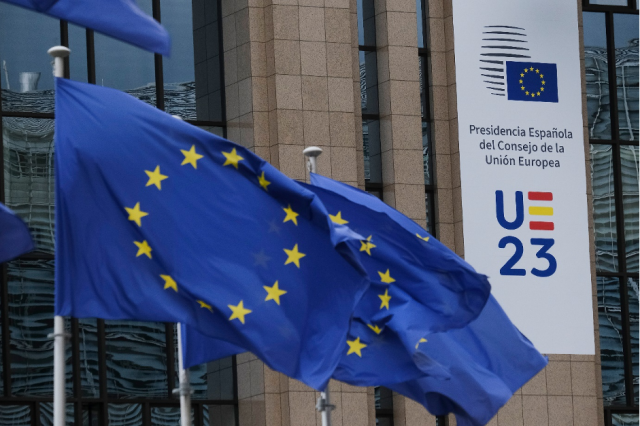
The European Union (EU) Has Been a Destination for Asylum Seekers from Different Parts of the World for Centuries but Management of Related Procedures Remains Extremely Difficult.
The current situation of asylum seekers within the various EU member countries is constantly evolving and presents significant challenges. The reasons why people seek asylum in Europe are many and include conflicts, political persecution, violence, economic instability and other emergency situations. Over the years, migration flows have varied, with periods of increases and decreases in asylum requests in different European countries.
One of the main problems in the management of asylum seekers in the EU is the differentiated approach adopted by various member countries. While some countries, such as Germany and Sweden, have welcomed large numbers of asylum seekers in recent years, other countries have adopted more restrictive policies, encountering inevitable diplomatic clashes with the European Community itself and other Member States. Some countries want to promote a more equal distribution of asylum seekers across all EU members, while others believe that responsibility should remain primarily with the countries of initial destination, which are often located in the southern and eastern regions of the EU.
In addition to conflicts and persecution, another factor that is influencing the situation of asylum seekers in the EU is climate change. Rising sea levels, extreme weather events, desertification and resource scarcity are pushing more and more people to migrate in search of better living conditions. These environmental migrations are further challenging Europe’s asylum systems, as asylum seekers fleeing the consequences of climate change do not necessarily fall into traditional political asylum categories, raising important questions about the rights and legal status of those seeking asylum for environmental reasons.
The management of the EU’s external borders is another critical aspect of the situation of asylum seekers in the EU. Member countries have committed to strengthening the security of external borders to better control migratory flows, thus encouraging the establishment of the European Border and Coast Guard Agency (Frontex) to coordinate border surveillance and control operations. However, the effectiveness of these measures has been the subject of debate as some argue that greater border security is necessary to prevent the entry of irregular migrants, as opposed to those who believe that these measures could hinder the access to those seeking legitimate asylum and who may be victims of human trafficking.
One of the most pressing challenges in managing asylum seekers in the EU concerns reception conditions and integration. Many European countries and Italy in particular, especially in recent months, have faced with extreme difficulty problems related to overcrowding in reception centres, the lack of resources to guarantee adequate services and the integration of asylum seekers into society. Integration is a complex process that requires time and resources, but it is essential to ensure that asylum seekers can contribute positively to society and not remain on the margins. True and effective integration includes learning the language, access to education and work, as well as understanding the values and norms of the host society.
The management of asylum procedures is another critical aspect for all member states forced to deal with a significant number of asylum requests, putting a strain on their systems. One of the main objectives is to speed up asylum procedures so that we can provide a timely response to applicants but, with the guarantee, that the procedures are fairly and accurately conducted to avoid unfair or arbitrary decisions.
Creating a common asylum policy and sharing responsibilities can help ensure a more effective and fair response to the situation of the seekers in the EU. Solidarity can manifest itself through financial support to the countries most affected by the flow of asylum seekers, the sharing of good practices in the managing procedures and the acceptance of mandatory quotas of asylum seekers among member countries.



 Subscribe
Subscribe